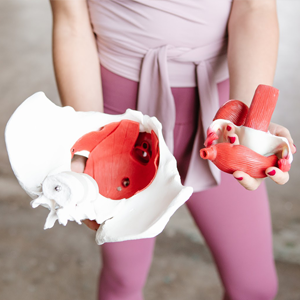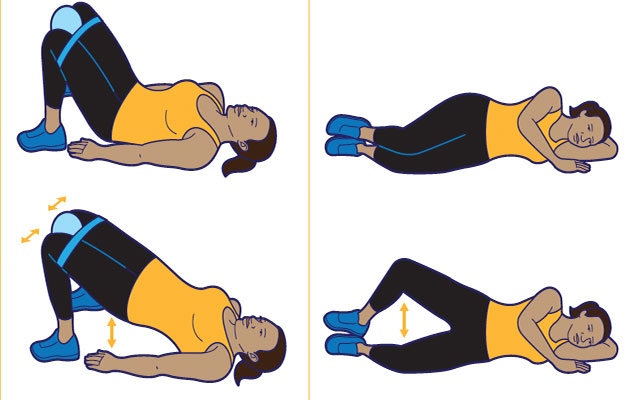How to treat pelvic floor dysfunction?
Pelvic floor dysfunction refers to a condition in which the muscles and ligaments in the pelvic floor region are weakened or too tight, causing a range of symptoms including pain, discomfort, and incontinence. Treatment for pelvic floor dysfunction typically involves a combination of lifestyle changes, physical therapy, and in some cases, surgery. Here are some ways to treat pelvic floor dysfunction:
-
Pelvic floor physical therapy: A physical therapist who specializes in pelvic floor rehabilitation can help you learn how to relax and strengthen your pelvic floor muscles. They may use biofeedback or electrical stimulation to help you learn how to control these muscles.
-
Kegel exercises: Kegel exercises involve contracting and relaxing the pelvic floor muscles. They can help strengthen the muscles and improve bladder control. Your physical therapist can teach you how to do Kegels properly and develop a personalized exercise plan.
-
Lifestyle changes: Certain lifestyle changes can help improve pelvic floor dysfunction, such as maintaining a healthy weight, quitting smoking, avoiding constipation, and reducing caffeine and alcohol intake.
-
Medications: Medications like muscle relaxants or pain relievers may be prescribed to help relieve symptoms of pelvic floor dysfunction.
-
Surgery: In rare cases, surgery may be necessary to correct pelvic floor dysfunction. Surgery can help repair damaged tissues or relieve pressure on the pelvic nerves.
It's important to consult with a healthcare professional to determine the most appropriate treatment plan for your specific condition. A comprehensive approach that includes lifestyle changes, physical therapy, and medication can often effectively manage symptoms of pelvic floor dysfunction.


































